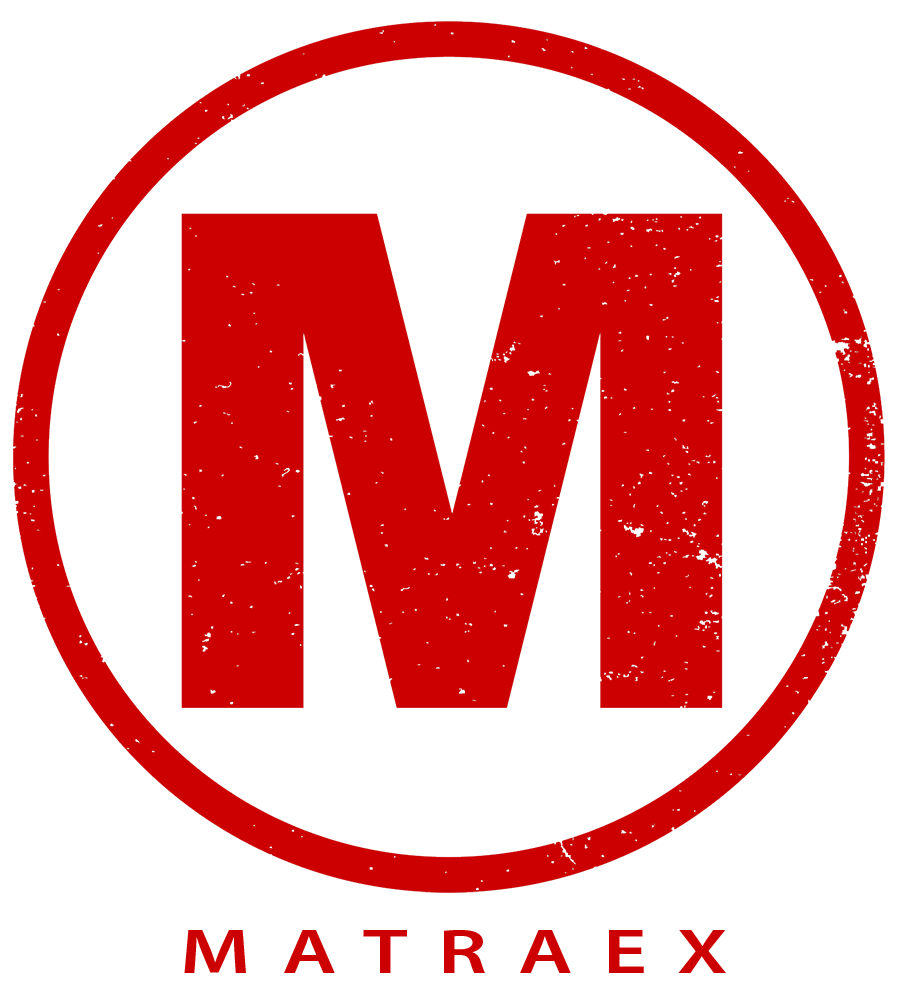Tag: Scope Creep
What Are Problems that Occur When Developing an App?

Taking your vision for a custom desktop or mobile app for your business, organization, or institution and turning it into a reality is exciting! You’ll finally be able to offer your clients, patients, or employees the versatility and functionality that you’ve only dreamt. The software may also allow you to scale your business in a way that, up until now, was totally impossible!
With all of these pros of creating a custom app are cons, of course. Developing an app is expensive and time consuming, and it just isn’t for everyone. In this post, we’ll discuss the biggest problems that our innovative partners experience with developing their custom app, both during the development stage and after the software is launched.
This article is broken into a number of sections:
#1. Scope Creep
What is Scope Creep?
There are three main components of any software project: the scope (exactly what is needed to complete the project), the budget, and the timeline for completion. They form a triangle, and when one of those components change, they all must be adjusted. Scope creep occurs when the scope of a software development project changes in a way that the overall size of the project expands without the duration of the project or its cost being discussed; where the entire project has unexpectedly “crept” to a larger size.
How Does Scope Creep Happen?
Scope creep often occurs from a lack of communication between the project owner and the developer. The project owner may request changes to the scope that, to them, seems like a simple change but it is not. The change can actually be something that may take quite a bit of additional time. The article “How Much Does a Custom App Cost?” discusses the time involved in developing an app equates to money spent. Therefore, the price of developing the app in increased.
How Should I Feel about Scope Creep?
Whether scope creep is viewed as good or bad often depends on the time and budget allotted for the app development project. Scope creep can be beneficial under certain circumstances – if the increase of the scope benefits both the end user and the product owner and the product owner is able to afford the additional cost and can make allowances for the extra time the app will take to develop. But, of course, those ideal circumstances do not always exist. If the product owner cannot allow for the additional expenses and cannot afford for the project to get larger or has time constraints, scope creep can become a large problem.
How Can Scope Creep Be Avoided?
Scope Creep can often be avoided by clear communication between the project owner and the developer. It is suggested that the project owner attempt to clearly communicate any changes they wish to make to their app to the developer while, at the same time, the developer be clear about the time and money involved with making those changes. If this type of communication is done on a regular basis, both the product owner and the developer should walk away with a clear understanding about how the proposed changes will affect the cost and duration of the project. From there, the app visionary and the developer can collaborate to determine whether to allow the scope creep to occur and to continue with the proposed changes to the project or not.
#2 Unrealistic Expectations
What Are Unrealistic Expectations?
An unrealistic expectation occurs when the app visionary hopes to create a piece of software that cannot be realistically delivered by the programmer.
What Common Unrealistic Expectations Do Visionaries Have?
Most unrealistic expectations can fall under the following categories:
- The technology does not yet exist to bring the product owner’s vision to life. Therefore, the developer cannot create it.
- The visionary lacks the budget needed to create the app they want.
- Whether the project is big or small, it cannot be completed within the timeframe which the visionary wants it by.
How Do You Avoid Unrealistic Expectations?
Unrealistic expectations can often be avoided through collaboration and communication of the product owner with the software development team. Together, the product owner and the app developer set expectations for the software that meet the needs of the product owner and end user within any time frame and budget constraints that may exist. This collaboration is not a one-time occurrence, either. As the project develops, we recommend that the innovator regularly checks with the app developer on the status of their project. In that manner, their expectations can be continuously reviewed and modified, as needed, to make certain that their needs continue to be met.
#3. Wanting the Project to be “Perfect” Prior to Launch
What Is a “Perfect” App?
A “Perfect” app might also be described as “Polished”, and would occur when any of the following scenarios occur:
- When a developed app is free of possible bugs or problems.
- When an app has all of the features and functionality that the product owner feels the end user will need.
- When an app’s design is exactly how the owner wants it to look.
What Are Pros of Launching an App Before It Is Polished?
There are many possible benefits of launching an app early:
- All of the tweeks, changes, and revisions to the app that the product owner performs prior to the app’s release could potentially cost more money and time than it might cost to release it earlier and see how it is received by the user. The app owner’s view of what the users might want is not always on queue with what they actually end up wanting.
- The product owner will receive user feedback sooner. The visionary can then create a final product according to the needs of the user vs what the product owner guesses the user may need.
- There is less waste. The product owner can build features into the app as requested by the user vs adding functionality that the user is not interested in.
What Are Pros of Waiting to Launch until the App Is Polished?
There are several reasons why waiting until an app is polished might be the best recourse in some cases:
- If the product owner is certain that the functionality they intend to provide the users is exactly what the end user needs.
- When the end user has a low tolerance or no tolerance for changes.
- When the user has certain expectations related to what the app should entail that must be met before they will use the app at all.
#4 The Product Owner Does Not Have Enough Time to Commit to the Project
Why Must the Visionary Make a Time Commitment?
A software project relies on the vision and valuable feedback of the visionary for the project’s success. As the developers create and implement the project owner’s vision, only the visionary can discern whether their needs have been met or if the project needs to be modified, altered, or change direction to fulfill that vision. Also, there is a change that the app developer may misunderstand or misinterpret part of the founder’s ideas. Therefore, the app founder needs to make the time commitment to make certain that the end product turns out to be what they were hoping for.
How Much Time Commitment Is Involved?
How much time is needed from the product owner to develop their app depends on the details of the individual project. In some cases, the visionary may need to make a daily or weekly commitment. In other cases, the commitment may only be once a month. To gauge the amount of time a project owner needs to commit to their software project, they might need to determine how much time they may need to talk to and collaborate with the developer that would allow the developer to proceed with the project without having to reverse direction and redo large portions of the work if a misunderstanding occurs in the app development.
In addition to specific meetings to be determined by the software developer and product owner, the developer may also need to ask occasional questions or need clarification from the visionary now and then to continue to move the project forward. Therefore, the product owner may need to be accessible and willing to answer questions in a timely manner. This would help to ensure that their project will not be delayed.
#5 App Problems After Launch
What Types of Problems Occur with Newly Launched Apps and Why?
People are creative, and the end users of an app may find new uses for the app that were not initially intended or considered by the app founder. This can cause a bug to develop in the app, where the app doesn’t act exactly as it was intended due to the unexpected actions of the users. There’s also a chance that the newly launched app can crash and not function at all, or another problem could develop with the app that can’t be foreseen ahead of time. If the product owner and the program developer continue to communicate through the process of finding issues with a newly launched app, they can determine together the best ways to work through the problems while continuing to meet the product owner’s vision and end user’s needs.
Now that you know the most common problems that visionaries have when developing a custom desktop or mobile app, you can approach software companies with the right questions to ask so you can find the company that is the best fit for you. Matraex is a premier app development company located in southwest Idaho. If you live in the Boise, Idaho area, check out our article about the top software development companies in the area, and feel free to contact Matraex or call us at (208) 344-1115 with any other software questions you may have. You can even post a question on our Google Business Page. We want to help you hire the software company that is most suitable for you that can take your software vision and turn it into a reality.
Sign up to receive answers to your questions delivered directly to your inbox!
